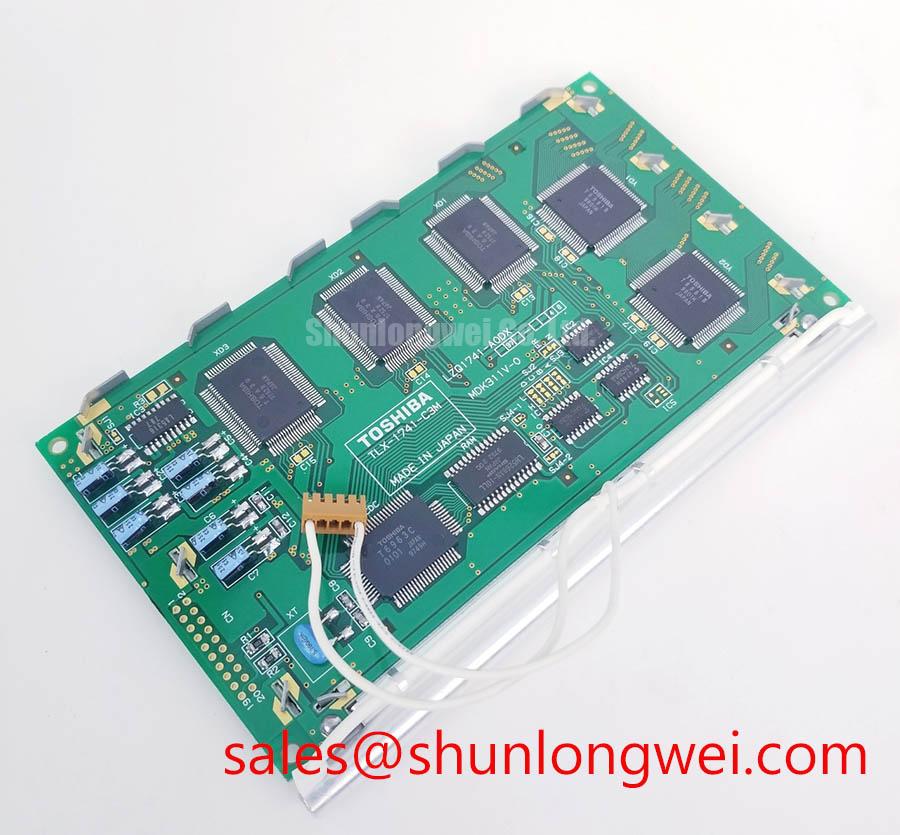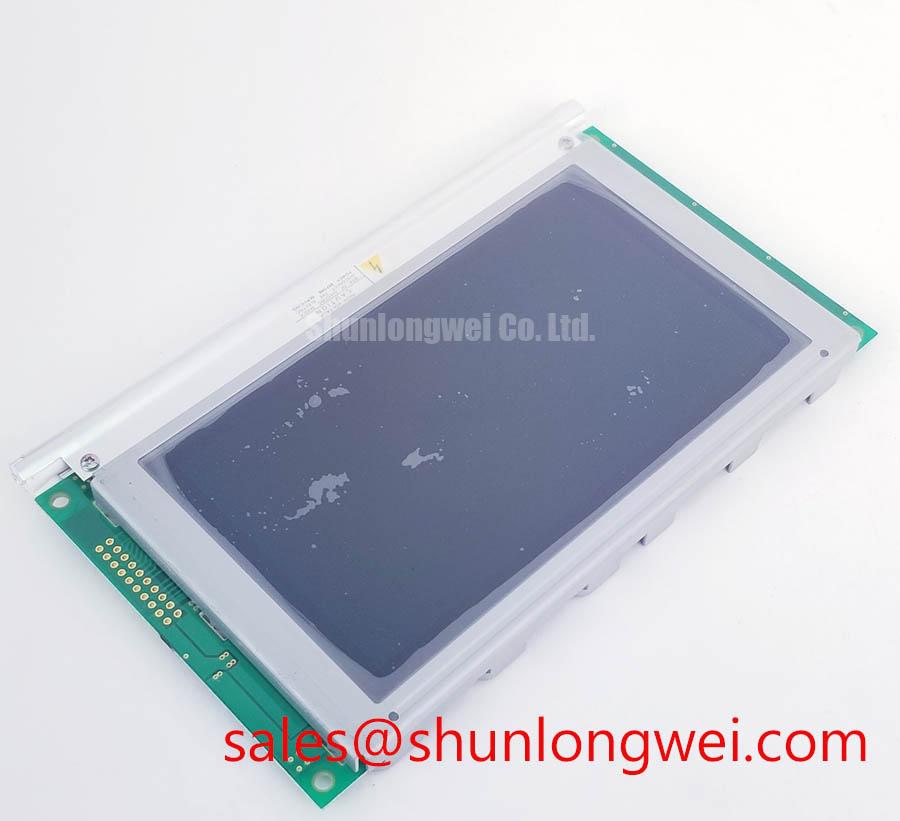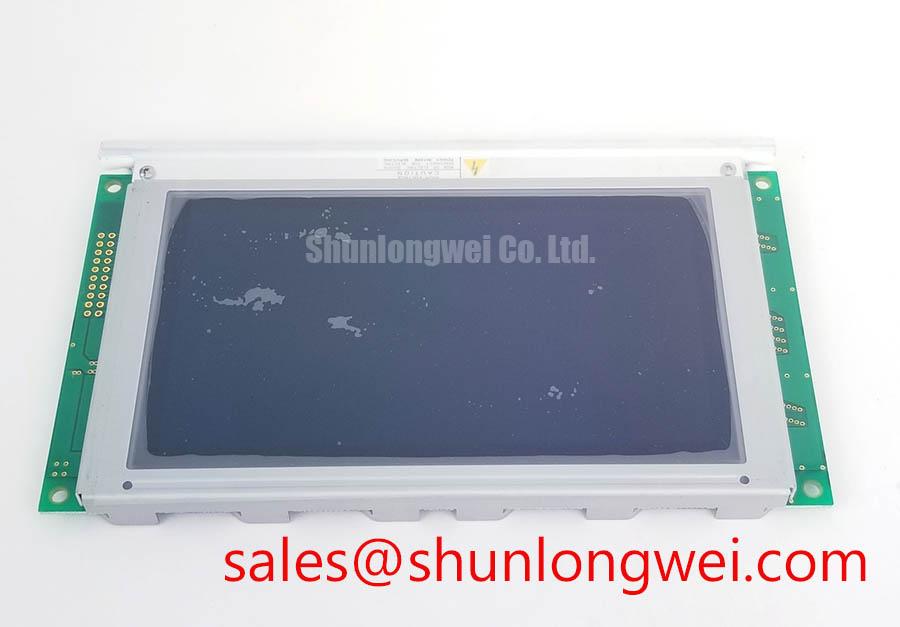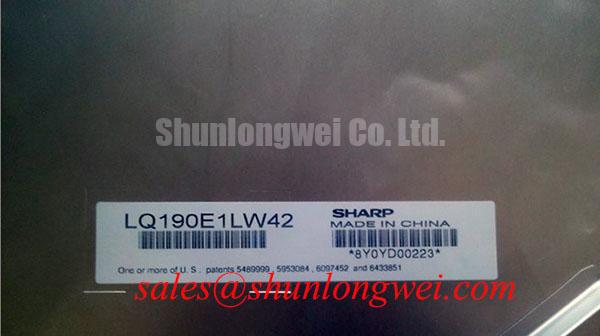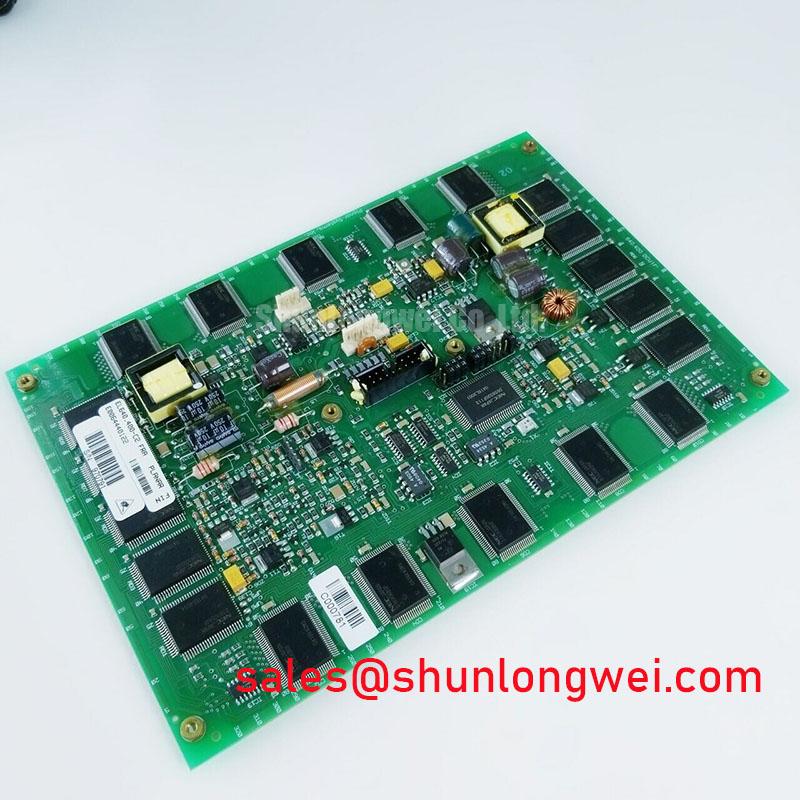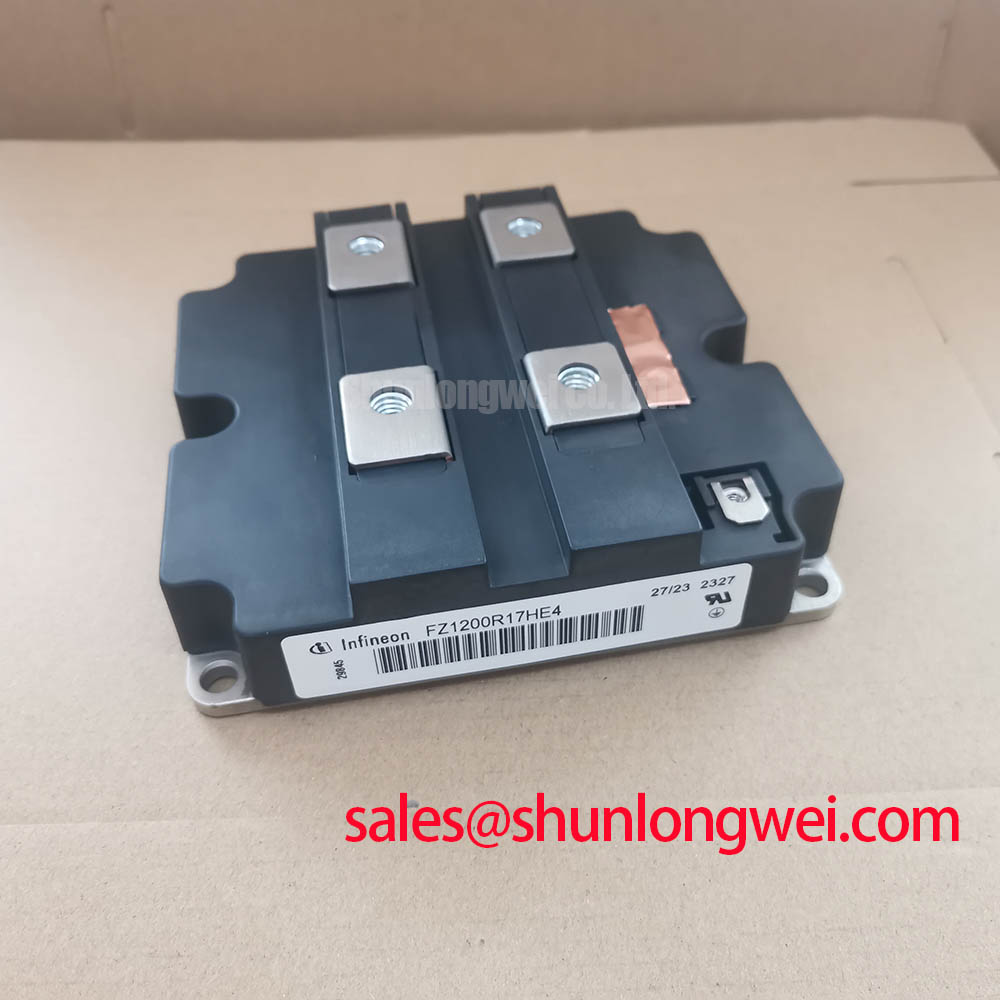TLX-1741-C3B: 240x64 Graphic LCD Module for Integrated HMI Design
Accelerating Development with an Onboard Controller
Content last revised on October 5, 2025.
The TLX-1741-C3B is a graphic LCD module engineered for rapid and simplified system integration, leveraging its onboard T6963C controller to streamline hardware and software design for industrial and medical HMIs. This display combines a 240 x 64 dot matrix resolution with high-contrast F-STN technology and a bright CCFL backlight. Key specifications include a 132.0 x 39.0 mm viewing area, a 5V logic supply voltage, and an integrated controller that handles display memory management. This design directly addresses the engineering challenge of minimizing host processor overhead and reducing development time. For applications requiring a graphical interface without the complexity of modern TFTs, the TLX-1741-C3B offers a proven and efficient solution.
Application Scenarios & Value
System-Level Benefits in Industrial and Medical Interfaces
The primary engineering value of the TLX-1741-C3B lies in its ability to accelerate the design of clear, information-dense Human-Machine Interfaces (HMIs). Its architecture is particularly effective in applications where the main system controller needs to be unburdened from the task of constantly refreshing the display. Consider a common challenge in designing industrial control panels: the main PLC or microcontroller is occupied with time-critical process control tasks. The TLX-1741-C3B's integrated T6963C controller directly solves this problem. By managing the text and graphic display memory internally and responding to high-level commands over an 8-bit parallel interface, it frees up precious MCU cycles for core functions, thereby improving overall system responsiveness and reliability.
This module is an optimal fit for:
- Test and Measurement Equipment: Displaying waveforms, menus, and measurement data with clarity.
- Industrial Control Panels: Providing status readouts, operator prompts, and alarm messages.
- Medical Devices: Offering a reliable, easy-to-read user interface for patient monitoring or diagnostic equipment.
- Point-of-Sale (POS) Terminals: Showing transaction details and user prompts in a compact form factor.
The module's 240x64 resolution creates a wide aspect ratio, ideal for showing several lines of text or graphical menus without excessive scrolling. While this model provides excellent monochrome performance, for systems that require color and higher resolution, a different display technology may be suitable. For instance, the G057VN01 V2 offers a full-color VGA experience in a compact form factor.
Key Parameter Overview
Decoding the Specs for Simplified System Integration
The specifications of the TLX-1741-C3B are tailored for straightforward implementation into a wide range of embedded systems. The parameters below highlight the display's optical performance and its electrical interface requirements, which are simplified by the onboard controller.
| Display Characteristics | |
|---|---|
| Display Type | F-STN LCD, Positive, Transflective |
| Display Format | 240 x 64 Dots |
| Viewing Area (W x H) | 132.0 x 39.0 mm |
| Dot Size (W x H) | 0.49 x 0.49 mm |
| Backlight | Cold Cathode Fluorescent Lamp (CCFL) |
| Electrical & Integration Parameters | |
| Controller IC | Toshiba T6963C or Equivalent |
| Interface | 8-Bit Parallel |
| Logic Supply Voltage (VDD) | 5.0V (Typ.) |
| Operating Temperature Range | 0°C to +50°C |
| Module Dimensions (W x H x D) | 180.0 x 65.0 x 11.0 mm (Max) |
Download the TLX-1741-C3B datasheet for detailed specifications and performance curves.
Technical Deep Dive
The Engineering Advantage of the Integrated T6963C Controller
The selection of the T6963C controller is the defining design choice for the TLX-1741-C3B, directly impacting its integration path. Think of this controller as a dedicated graphics co-processor for the display. In a system without such a controller, the host microcontroller must dedicate a significant portion of its RAM to a "frame buffer"—a complete map of the screen's pixels—and spend thousands of cycles per second manually sending this data to the screen. This can be a major bottleneck in systems that also need to handle sensor inputs or control algorithms.
The T6963C architecture fundamentally changes this dynamic. It contains its own display RAM, which can be configured for text, graphics, or a combination of both. The host MCU communicates with it using a simple command-based protocol. Instead of sending raw pixel data, the MCU sends commands like "display this character at this location" or "draw a line from here to here." This high-level communication dramatically reduces the data bus traffic and the software complexity on the host side. This simplification is a key benefit, particularly for maintaining or upgrading legacy systems originally designed with this popular controller, such as older Human-Machine Interface (HMI) panels, ensuring backward compatibility of the control software.
Frequently Asked Questions (FAQ)
How does the integrated T6963C controller simplify software development?
The T6963C controller manages the display RAM and character generator, allowing the host processor to send high-level commands instead of raw pixel data. This reduces the code overhead, simplifies driver development, and frees up the host microcontroller for other critical tasks.
What is required to power the CCFL backlight on the TLX-1741-C3B?
The Cold Cathode Fluorescent Lamp (CCFL) requires a separate high-voltage AC power source, which is provided by a dedicated component called a CCFL inverter. This inverter takes a low-voltage DC input (typically 5V or 12V) and converts it to the high voltage needed to illuminate the lamp.
System Design & Integration
Your Next Steps
For engineers and procurement managers evaluating the TLX-1741-C3B for new designs or as a replacement part, the key takeaway is its proven integration path. Its widespread use in various industrial fields is a testament to the reliability and simplicity afforded by its onboard controller architecture. When planning your project, ensure that provisions for a 5V logic supply and a suitable CCFL inverter are included in your power budget and PCB layout. For complete technical data, including pinouts, timing diagrams, and the command set for the T6963C controller, a thorough review of the official datasheet is the recommended next step.

